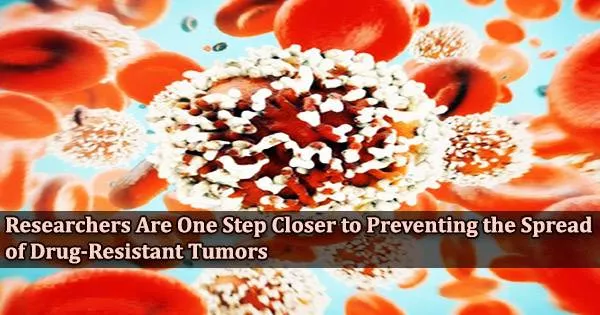A long-standing puzzle regarding a protein that promotes cancer and how it results in tumor growth has been resolved by scientists. Since aggressive tumors are frequently skilled at rejecting pharmaceuticals and other treatment agents, the discoveries represent a significant step in the quest to improve the efficacy of cancer medications.
The recent discovery by a team of scientists including Benjamin Myers, PhD, an investigator at Huntsman Cancer Institute at the University of Utah (the U) and assistant professor of oncological sciences at the U, is published today in the journal Nature Structural and Molecular Biology and builds upon his previous research into drug resistance.
“Our findings suggest some new strategies that we might be able to use in the clinic to be able to improve patient outcomes,” says Myers.
The research group looked at a protein called Smoothened, which is crucial for the growth of healthy tissue and organs. However, Smoothened can cause brain and skin cancers to grow and spread when it is hyperactive.
We knew the ‘telephone wire’ existed but we had no idea how it worked. That has left a big gap in our ability to turn it off therapeutically to treat cancer. The hope is that by better understanding it, cancer drugs will become far more effective.
Benjamin Myers
While blocking Smoothened can inhibit cancer from spreading, over time tumors will adapt, rendering this strategy useless. The most frequent juvenile brain tumor in the U.S. is medulloblastoma, and basal cell carcinoma, with around 3.6 million cases annually, is the most prevalent malignancy in the U.S.
Smoothened is part of a signaling pathway in the body. A signaling channel connects the cell’s inside to its surface like a telephone cable. The messages that move along the wire provide the cell instructions.
“We knew the ‘telephone wire’ existed but we had no idea how it worked. That has left a big gap in our ability to turn it off therapeutically to treat cancer,” Myers says. “The hope is that by better understanding it, cancer drugs will become far more effective.”
These discoveries clarify the nature of the sent signal and the chemical mechanism by which Smoothened is turned on.
Myers says the undergraduate biology students who worked in his lab were pivotal to this discovery. He’d also like to acknowledge key trainees John Happ, Corvin Arveseth, and Isaac Nelson, as well as the postdoctoral students essential in his research.
Key collaborators include Susan Taylor, PhD, University of California, San Diego, Friedrich Herberg, PhD, University of Kassel, Germany, and Gianluigi Veglia, PhD, University of Minnesota.
The study was supported by the National Institutes of Health and Huntsman Cancer Foundation.





